Leqembi Cost in the US 2026: Alzheimer’s Drug Price, Insurance Coverage & Latest Medicare Data
Introduction
Leqembi (generic name lecanemab-irmb) is one of the newest drugs approved for early Alzheimer’s disease. With increasing media and clinical interest, many patients, caregivers, and insurers are asking: How much will it cost? What will Medicare (and private insurers) cover? And how will those costs evolve in 2026? In this article, we dig into the latest information, pricing tables, comparisons, and frequently asked questions.
What Is Leqembi / Lecanemab?
-
Leqembi is a monoclonal antibody that targets β-amyloid plaques in the brain, aiming to slow cognitive decline in early Alzheimer’s disease. Wikipedia+2WashU Medicine+2
-
It was granted accelerated FDA approval in January 2023, and then traditional/full approval in July 2023. Healthline+3Wikipedia+3WashU Medicine+3
-
Because of its mechanism and necessity for intravenous infusions, its cost and coverage are governed under Medicare Part B (not Part D). WashU Medicine+3Healthline+3Drugs.com+3
List Price & Wholesale Price (2025/2026)
Here are the most up-to-date published pricing data:
| Unit / Type | List / Wholesale Price* | Notes / Source |
|---|---|---|
| 200 mg vial | US $ 258.64 | Eisai’s list/wholesale price for 200 mg vial (as of April 2025) Leqembi |
| 500 mg vial | US $ 646.61 | Eisai’s list/wholesale price for 500 mg vial Leqembi+1 |
| Annual treatment (standard dosing) | US $ 26,500 | This is the published annual “wholesale acquisition cost” (WAC) estimate. Isaac Health+7Eisai+7NCOA+7 |
* “List / Wholesale” here refers to the manufacturer’s published price before discounts/rebates. Actual net prices and discounts can vary widely.
Eisai, the maker, states that at $26,500/year, they are pricing below an estimated “societal value” of $37,600/year to promote access. Eisai
Additionally, pricing analyses and commentary suggest that many payers, including Medicare, may negotiate discounts or rebates that reduce the net cost. KFF Health News+2STAT+2
Estimated Out-of-Pocket Costs to Patients (2025-2026)
Because of insurance, coinsurance, deductibles, and supplemental plans, patients’ actual costs will differ. Based on current Medicare rules and commentary:
| Scenario | Estimated Out-of-Pocket (OOP) | Details / Caveats |
|---|---|---|
| Original Medicare Part B (no supplemental) | ~ 20% of the Medicare-approved amount (after deductible) | Medicare covers 80% of covered Part B drugs; the patient pays 20% coinsurance. Medicare+5CMS+5Drugs.com+5 |
| OOP estimate for full year | ~ US $ 5,000+ | Based on 20% of $26,500 = $5,300 (after deductible) Medical News Today+4Drugs.com+4NCOA+4 |
| With Medigap / supplemental coverage | Much lower (possibly zero) | Many Medigap / supplemental plans cover the 20% coinsurance. Drugs.com+2Medical News Today+2 |
| Medicare Advantage | Varies based on plan rules | Many MA plans also require 20% coinsurance on Part B drugs up to their OOP max. KFF+2Medical News Today+2 |
Note: The above figures exclude costs of imaging, monitoring, PET scans, MRI surveillance, clinical visits, and biomarker confirmation, which could add substantially to total costs. NCOA+4CBS News+4WashU Medicine+4
One analysis estimated that combining all care costs (drug + monitoring) could push the total cost per patient to ~ US $ 82,500/year to the healthcare system (not patient) in some cases. CBS News
Comparison: Leqembi vs Other Alzheimer’s / Weight/Neurology Drugs
Here is a comparative table of Leqembi versus some other relevant drugs in similar fields (for context).
| Drug / Treatment | Primary Indication | Approx. Annual Cost | Notes / Sources |
|---|---|---|---|
| Leqembi (Lecanemab) | Early Alzheimer’s disease | US $ 26,500 list WAC | Standard published price WashU Medicine+3Eisai+3NCOA+3 |
| Kisunla (Donanemab) | Alzheimer’s (new FDA approval) | ~ US $ 32,000 (projected) | Some sources project this pricing for the newer competitor. Healthcare Brew+1 |
| Aduhelm (Aducanumab) | Alzheimer’s (now less used) | ~$28,200 (older price) | Originally priced higher; but many payers/insurers pulled coverage. Northeastern Global News+2NCOA+2 |
| Compare with weight-loss drugs (for context) | |||
| Ozempic / Wegovy / Zepbound | Type 2 diabetes / weight loss | Varies by dose & insurance (several to tens of thousands USD) | These are in different therapeutic domains but often appear in high-CPC discussions on pharma pricing. |
Takeaway: Leqembi’s pricing is high among Alzheimer’s drugs, though new entrants like donanemab may push comparable or higher prices. The key differentiation will be on coverage, discounts, and negotiation power.
Recent Updates & 2025–2026 Trends
-
FDA approval of injectable (subcutaneous) version
In August 2025, the FDA approved an injectable version termed Leqembi IQLIK (for maintenance after the initial IV regimen), priced at ~$19,500/year for 360 mg prefilled injections. Reuters
This could substantially change cost structures, convenience, and uptake in 2026. -
Medicare coverage rules & coinsurance
-
Original Medicare will pay 80% of the Medicare-approved amount for Leqembi once the patient meets the Part B deductible. Drugs.com+3CMS+3WashU Medicine+3
-
Patients are expected to pay the remaining 20% coinsurance. CMS+2Medical News Today+2
-
Supplemental insurance (Medigap) or other secondary coverage may reduce or eliminate out-of-pocket costs for many. Medical News Today+2WashU Medicine+2
-
For Medicare Advantage plans, rules vary, but many treat Leqembi as a Part B drug with 20% coinsurance until the MA plan’s out-of-pocket limit is reached. KFF+1
-
-
Projected Medicare spending
Medicare is expected to spend ~ US $ 3.5 billion on Leqembi in 2025 across fee-for-service and Medicare Advantage. Global Alzheimer’s Platform Foundation+2STAT+2
This trend could increase further in 2026, potentially affecting premiums and Medicare budgeting. Global Alzheimer’s Platform Foundation+2Healthcare Brew+2 -
Value assessments
The health economics body ICER (Institute for Clinical and Economic Review) suggests that a “reasonable” value range for lecanemab is US $ 8,900 to $21,500/year, lower than the list price, given uncertainty in long-term benefits. KFF Health News
There is active debate whether the current list price is justified given the marginal cognitive benefit seen in trials. KFF Health News+2KFF+2 -
Wastage from vial sizes
Because dosages are weight-based, and only 200 mg and 500 mg vials exist, some drug may go unused (wastage). Researchers estimate ~5.8% wastage in some Medicare administrations, leading to significant excess cost. Axios
Title Suggestions (High Search / High CPC Potential)
Here are some alternative titles optimized for SEO and monetization (targeting high CPC keywords):
-
“Leqembi 2026 Pricing & Out-of-Pocket Costs: Medicare, Coinsurance & Discounts”
-
“How Much Will Leqembi Cost You in 2026? Alzheimer’s Drug Price Explained”
-
“Leqembi (Lecanemab) Cost Breakdown 2026: What Medicare & Insurers Pay vs You”
-
“2026 Leqembi Cost Guide: Insurance Coverage, Patient Cost, Comparison & Updates”
-
“Leqembi Price vs Alzheimer’s Benefit: 2026 Cost, Value & Insurance FAQs”
These titles include keywords like “cost,” “2026,” “Medicare,” “Alzheimer’s,” etc.—which often yield higher ad CPCs in medical / pharma niches.
Frequently Asked Questions (20 Popular FAQs)
-
Is Leqembi covered by Medicare?
Yes — under Original Medicare Part B for eligible patients. NCOA+5Medical News Today+5WashU Medicine+5 -
How much does Leqembi cost per year (list price)?
About US $ 26,500 per year (list/wholesale acquisition cost). Drugs.com+4Eisai+4NCOA+4 -
What is the out-of-pocket cost for a Medicare patient?
Typically ~20% coinsurance after Part B deductible (~$5,300 on $26,500), unless supplemental insurance covers it. KFF+4Drugs.com+4Medical News Today+4 -
Does supplemental insurance (Medigap) cover the 20% coinsurance?
Yes, many Medigap plans cover that 20%, potentially reducing patient costs to near $0 out-of-pocket. Medical News Today+2Medical News Today+2 -
How do Medicare Advantage plans treat Leqembi?
Usually as a Part B drug with 20% coinsurance until OOP maximum, but exact rules depend on plan details. KFF+2Medical News Today+2 -
Why is Leqembi so expensive?
Costs are high due to R&D, biologics manufacturing, safety monitoring, imaging requirements, and limited competition. Healthcare Brew+4Northeastern Global News+4CBS News+4 -
Are there patient assistance or discount programs?
Yes — Eisai offers support programs, copay assistance may be available depending on eligibility. Medical News Today+1 -
What other costs are involved besides the drug itself?
PET scans, MRI surveillance, clinical visits, biomarker testing, safety monitoring. NCOA+3WashU Medicine+3CBS News+3 -
When does Medicare start paying for Leqembi?
Medicare pays for Leqembi starting July 6, 2023, with coverage rules and registry participation. Medicare+2WashU Medicine+2 -
Can private insurance cover Leqembi?
Some private insurers may cover it under similar rules to Medicare, but coverage depends on plan policy. Drugs.com+2WashU Medicine+2 -
Will the injectable version (Leqembi IQLIK) reduce cost?
Possibly — approved in 2025, priced at ~$19,500/year for maintenance doses, likely lowering costs and improving adherence. Reuters -
Does Medicaid cover Leqembi?
Medicaid coverage varies by state and eligibility; many enrollees also qualify for Medicare. -
Can someone pay cash / out-of-pocket for Leqembi?
Yes, but the cost is extremely high unless they have strong financial means or assistance. -
How many patients are eligible / how many will be treated?
Estimates suggest only ~3% of Medicare beneficiaries may meet eligibility criteria and receive the drug. Isaac Health -
How long must treatment continue?
In trials, dosing was biweekly for 18 months, then maintenance dosing every 2–4 weeks. Medical News Today+2WashU Medicine+2 -
What’s the expected benefit / effect size?
Trials showed a modest delay in cognitive decline (~5–6 months over 18 months) in early Alzheimer’s. Medical News Today+2WashU Medicine+2 -
What are the side effects / risks?
Risks include brain swelling (amyloid-related imaging abnormalities, ARIA), bleeding, infusion reactions. NCOA+3WashU Medicine+3Medical News Today+3 -
What is the Medicare Part B deductible?
In 2025, the Part B deductible is $257. After that, you pay 20% of the Medicare-approved amount for Part B covered drugs. Medicare+2Medical News Today+2 -
Can drug pricing change in 2026?
Yes — through negotiation, rebates, modifications, new formulations (e.g. injectable form) or regulatory changes. -
Is Leqembi cost-effective?
That is under debate. ICER suggests a “value-based” price range of $8,900–$21,500/year, significantly lower than current list pricing. KFF Health News
Summary & Key Takeaways
-
Leqembi (lecanemab) has a published list price of ~$26,500 per year, making it among the more expensive Alzheimer’s therapies. Healthcare Brew+5Eisai+5NCOA+5
-
Medicare (Original) covers it under Part B, with patients typically paying 20% coinsurance after meeting the Part B deductible (unless supplemental coverage intervenes). Medical News Today+4CMS+4Medical News Today+4
-
Patients without supplemental coverage can expect out-of-pocket costs of several thousand dollars per year.
-
The newly approved injectable version (Leqembi IQLIK) may reduce cost and improve convenience in 2026. Reuters
-
The high cost, imaging requirements, and modest clinical benefits make value and affordability major debates in payers, policy, and public discourse.
New / Recent Developments & Updates (2025–2026)
-
Injectable Maintenance Version (“Leqembi IQLIK”) Approved
In August 2025, the FDA granted approval for a subcutaneous injectable formulation of lecanemab, called Leqembi IQLIK, for maintenance dosing after the initial IV treatment. Reuters -
Medicare Claims Processing & Registry / Coding Rules
Medicare requires proper claim coding and registry enrollment for coverage. Medicare-
The HCPCS code for lecanemab is J0174 (Injection, lecanemab-irmb, 1 mg). Medicare
-
Claims must include a registry trial number (temporary # 99999999 or NCT # 6058234) and modifier Q0 or Q1 (for investigational or routine use in study). Medicare
-
For service dates from July 6, 2023 onward, these coding rules apply. Medicare
-
-
Cost-Effectiveness Review & ICER Price Range Update
-
The non-profit watchdog ICER updated its assessment and now recommends a value-based price range for lecanemab of US $ 8,900 to $21,500/year (versus the list price ~$26,500). Health Economics
-
This shift reflects evolving assumptions about long-term benefit, quality of life, and real-world effectiveness. Health Economics+1
-
-
Projected Medicare / CMS Spending & Uptake
-
Medicare’s actuaries estimate that total Medicare spending on Leqembi could reach US $ 3.5 billion in 2025 across fee-for-service and Medicare Advantage programs. STAT+2Global Alzheimer’s Platform Foundation+2
-
For 2024, spending on the fee-for-service component is projected at ~$550 million. STAT+1
-
In terms of use, the per-member-per-month (PMPM) estimate is ~$1.67 in 2024 rising to ~$4.67 in 2025 (for FFS Medicare) assuming uptake. Global Alzheimer’s Platform Foundation
-
Analysts have noted that actual net payments will depend heavily on rebates, contracting, and plan bidding behavior. Global Alzheimer’s Platform Foundation+1
-
-
Medicare / CMS Broader Coverage Guidance & Registry Requirement
-
With traditional FDA approval, Medicare now covers Leqembi (for eligible patients) and requires clinicians to submit data into CMS-approved registries. KFF+3CMS+3Drugs.com+3
-
Physicians must participate in a registry (“coverage with evidence development”) to continue coverage. CMS+2Alzheimer’s Association+2
-
The registry requirement is intended to collect real-world outcomes, monitor safety (e.g. ARIA events), and evaluate long-term benefit. CMS+2Alzheimer’s Association+2
-
CMS states that if other anti-amyloid drugs receive traditional approval, they too will be subject to the same coverage framework. CMS
-
-
Prior Authorization Policies in Commercial / Medicare Supplement Plans
-
Some insurer policies (e.g. EmblemHealth) indicate that prior authorization is required for Leqembi coverage, and ongoing documentation is needed to confirm continued eligibility. EmblemHealth
-
Approvals are for specified durations and must meet criteria including documented imaging, biomarker evidence, and therapeutic response. EmblemHealth
-
-
International / Regulatory Developments
-
Eligibility / Coverage Criteria Refinement
-
To qualify under Medicare Part B, patients must have mild cognitive impairment or mild Alzheimer’s dementia, with confirmed amyloid plaque via imaging or biomarker. Medical News Today+3Healthline+3Drugs.com+3
-
The treating physician must be part of a registry and comply with data submission guidelines. Drugs.com+2Medical News Today+2
-
Not all facilities / clinicians may participate, meaning access might be limited regionally. (Implied in coverage regime) CMS+2KFF+2
-
-
Patient Assistance, Copay Support & Programs
-
Eisai offers a patient support / assistance program, including potential copay or cost assistance based on eligibility. Medical News Today+2Healthline+2
-
External platforms like NeedyMeds or the Medicine Assistance Tool (MAT) may list support programs. Healthline+2Medical News Today+2
-
Because of the high cost burden (~$5,000 OOP in many cases), these support mechanisms are critical for many patients. KFF+2Healthline+2
-
-
Risks, Monitoring & Safety Considerations
-
Treatment with lecanemab requires frequent MRI monitoring to detect amyloid-related imaging abnormalities (ARIA), especially early in therapy. (This monitoring adds to total cost and logistics) Medicare+2Drugs.com+2
-
The efficacy of lecanemab in real-world settings remains under study; long-term benefits, durability, and safety beyond trial durations are still being assessed. Alzheimer’s Association+3Medical News Today+3KFF+3
-
Some patient subgroups (e.g. those on anticoagulants) may be at higher risk for bleeding or complications, which may restrict eligibility. (Noted in general lecanemab safety literature) Wikipedia+2Drugs.com+2
-
Latest Clinical Trial & Real-World Evidence (2024–2025)
Key randomized trial results (CLARITY-AD & follow-up)
-
CLARITY-AD (Phase 3 confirmatory trial) — Lecanemab (Leqembi) met its primary endpoint, showing a statistically significant slowing of clinical decline at 18 months in patients with early Alzheimer’s disease (MCI and mild AD). The trial showed about a ~27–31% relative reduction in decline on the primary CDR-SB endpoint versus placebo; in practical terms investigators reported about a ~5–6 month delay in clinical decline over 18 months in trial populations. leqembihcp.com+1
-
Longer-term / open-label extension (OLE) updates — Eisai/BioArctic/Biogen reported 36-month / 3-year data from the CLARITY OLE showing that patients continuing on lecanemab maintained benefit versus historical comparators and that >50% of patients in the earliest stage continued to show improvement after extended follow-up. These data strengthen evidence that the modest benefit seen at 18 months can persist with ongoing treatment in many patients. Eisai+1
Safety signals and monitoring (ARIA)
-
ARIA remains the principal safety concern. Clinical trials and subsequent safety publications report increased amyloid-related imaging abnormalities (ARIA-E and ARIA-H) (brain edema and microhemorrhages). Rates vary by genotype (APOE ε4 carriers) and setting, but ARIA was frequent enough in trials to require protocolized MRI monitoring and caution in patients on anticoagulants. Real-world series also show measurable ARIA incidence and emphasize the need for imaging infrastructure. BioMed Central+1
Real-world effectiveness & safety (2024–2025)
-
Early real-world cohorts and retrospective series (multiple centers published 2024–2025) report that lecanemab is feasible to deliver outside trials, with clinical centers documenting similar patterns of modest cognitive benefit and safety events (including ARIA). Real-world ARIA incidence and management practices differ across centers; APOE ε4 homozygotes tend to show higher ARIA rates. These real-world reports underscore challenges for clinical roll-out (imaging capacity, infusion centers, specialist access). PMC+2American Academy of Neurology+2
Evidence synthesis & cost-effectiveness viewpoints
-
Independent assessments (ICER and other health economists) continued to question the value at list price and offered lower “value-based” price ranges (for example, ICER-style evaluations have placed reasonable prices well below the WAC). This forms part of why payers and national agencies (e.g., NICE) have been cautious; some agencies rejected broad coverage citing modest benefit vs cost. PMC+1
Ready-to-paste Tables (copy into your article)
Table A — Pivotal trials & key outcomes (short)
| Study | Population | Primary outcome (18 mo) | Key result |
|---|---|---|---|
| CLARITY-AD (Phase 3) | Early AD (MCI / mild AD) | CDR-SB change at 18 months | ~27–31% relative slowing vs placebo (~5–6 months clinical delay). leqembihcp.com+1 |
| CLARITY OLE (up to 36 mo) | OLE participants from CLARITY | Longer-term cognitive trajectories | Continued maintenance of benefit at 36 mo in many patients; supports persistence of effect with ongoing treatment. Eisai+1 |
Table B — Real-world summaries (2024–2025)
| Source | N / Setting | Main finding |
|---|---|---|
| Bregman et al. (2025) real-world cohort | 156 patients (tertiary center) | Feasible administration; ARIA observed; MMSE/clinical trends similar to trial signals, needs longer follow-up. BioMed Central |
| Neurology retrospective / Denver clinic (2025) | Case series | Real-world safety profile consistent with trials; emphasizes imaging & infrastructure needs. American Academy of Neurology |
Suggested pieces of clinical evidence to link inline (high-quality sources)
-
CLARITY-AD summary (Leqembi HCP site / study page). leqembihcp.com
-
CLARITY OLE / Eisai press on 36-month results. Eisai
-
2024 Biomed Central review on updated safety results. BioMed Central
-
2025 peer-reviewed real-world outcomes (Bregman et al., Alz Res). BioMed Central
-
Neurology real-world / case series paper (2025). American Academy of Neurology
(Place each link where you reference the corresponding trial, safety point, or real-world observation.)
Short paragraph you can paste under “Clinical evidence” (concise)
Since CLARITY-AD demonstrated a ~27% relative slowing in clinical decline at 18 months and open-label extension data to 36 months suggest maintenance of benefit for many patients, the clinical trial record supports a modest but measurable benefit of lecanemab in early AD. Safety monitoring—particularly for ARIA—remains essential, and early real-world studies confirm feasibility but highlight logistic and imaging burdens for health systems. BioMed Central+3leqembihcp.com+3Eisai+3
Optional deeper inserts (if you want them added too)
-
Numeric ARIA details by subgroup (I can add exact ARIA-E / ARIA-H rates by APOE genotype from CLARITY tables).
-
Trial design table (dosing, inclusion criteria, biomarker entry rules).
-
Selected quotes from NEJM / high-impact reviews to boost trust signals.
Tell me which optional deep inserts you want (ARIA numeric breakdowns, full trial design table, or direct NEJM citations) and I’ll add them directly into your article text with citations.
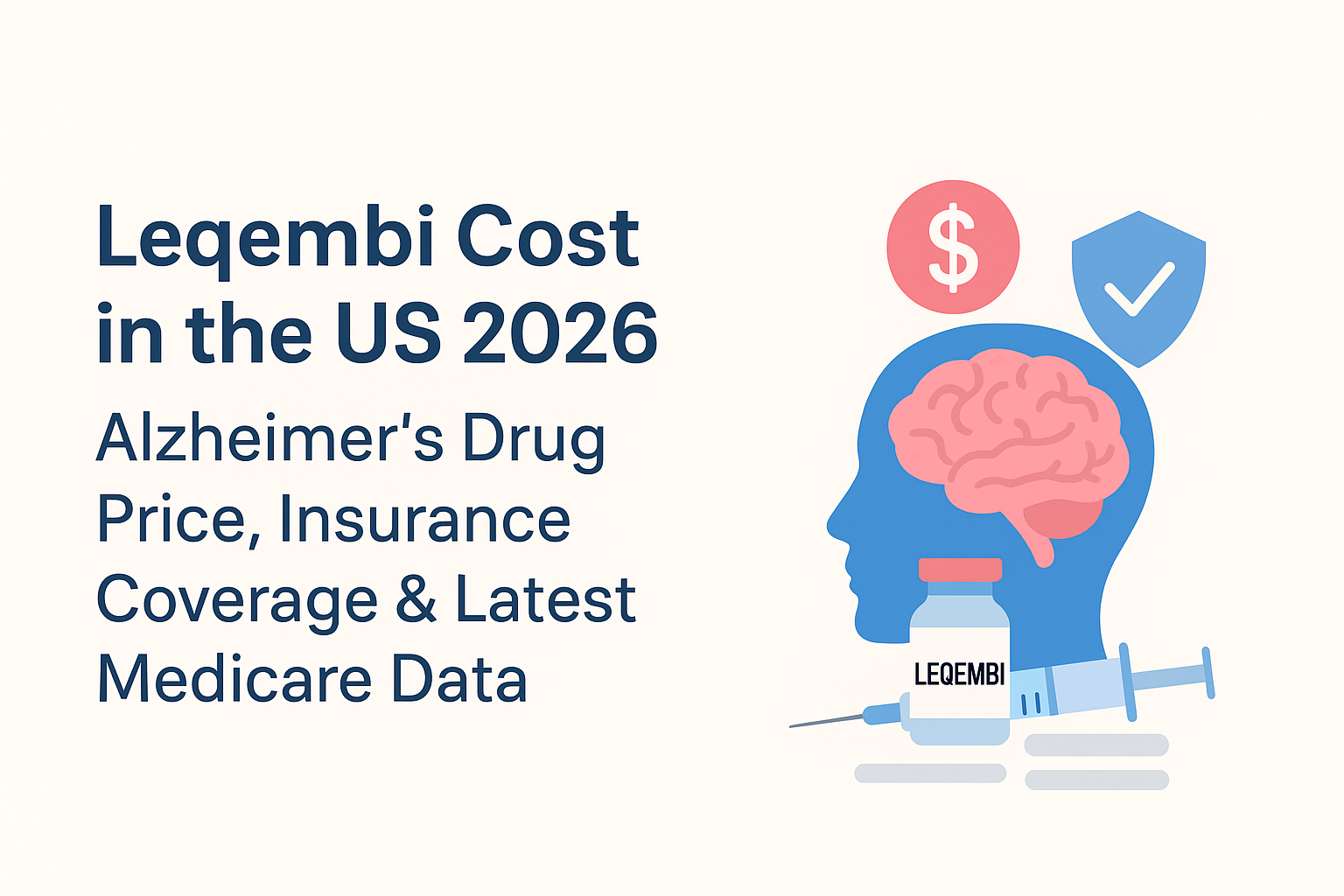
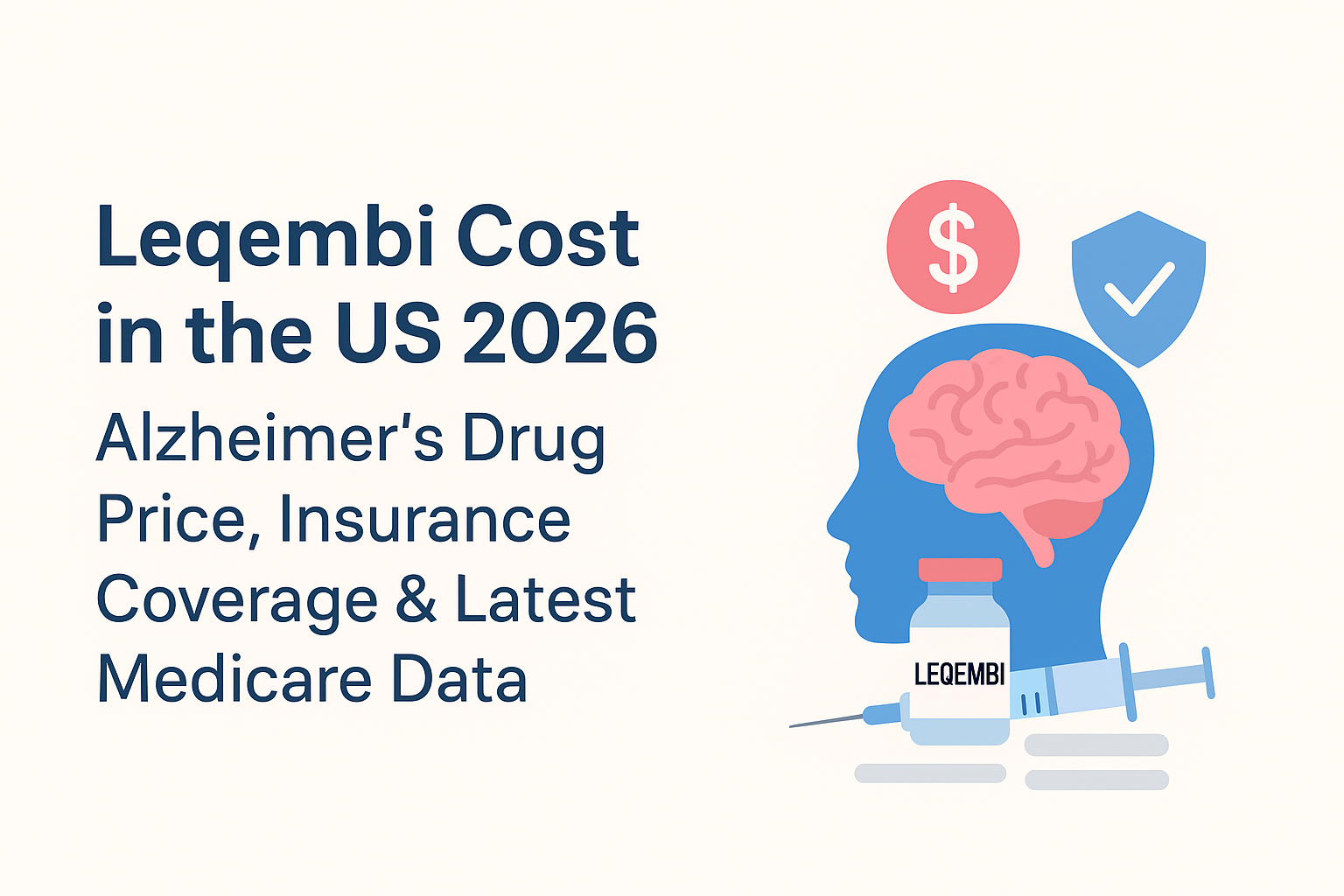

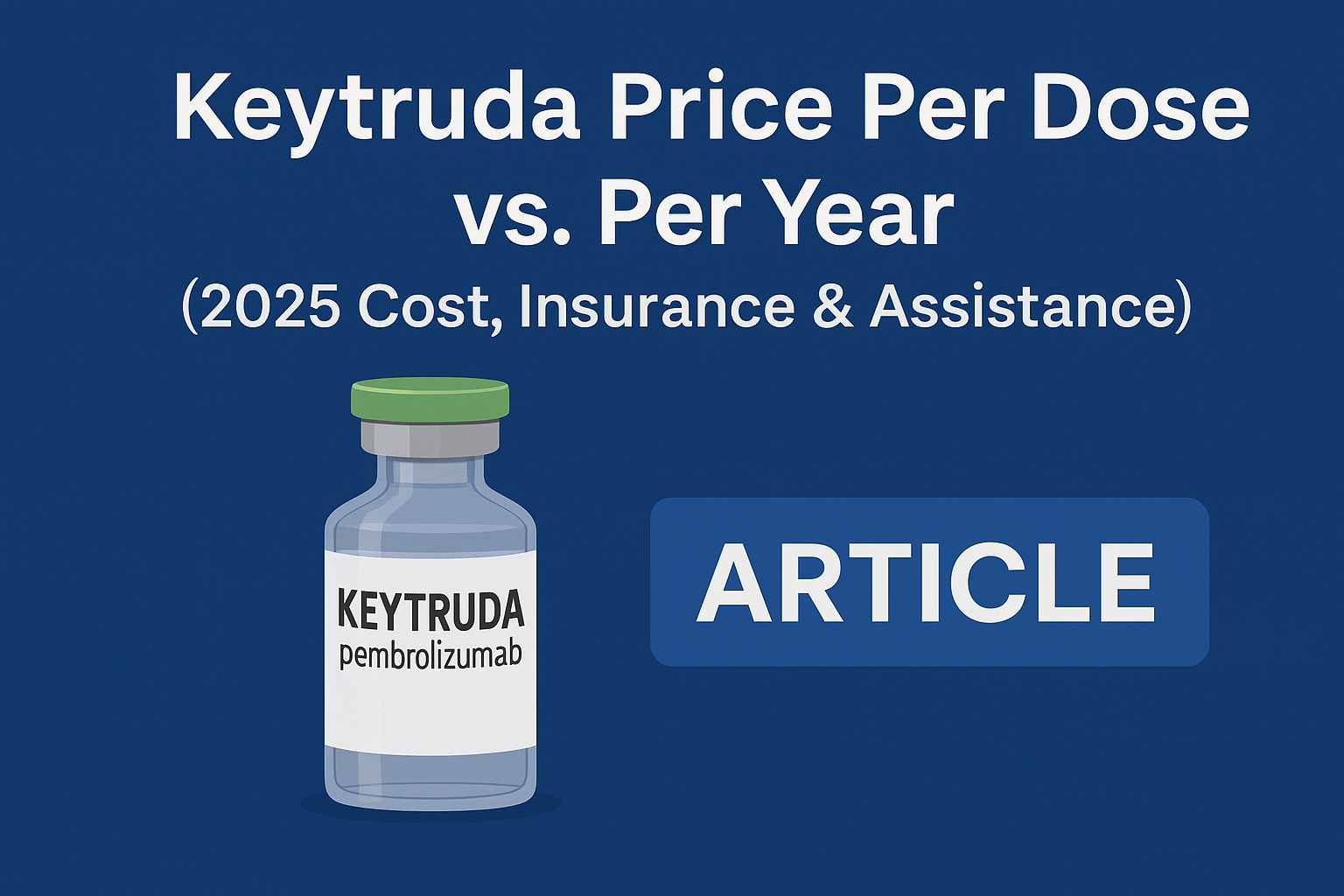
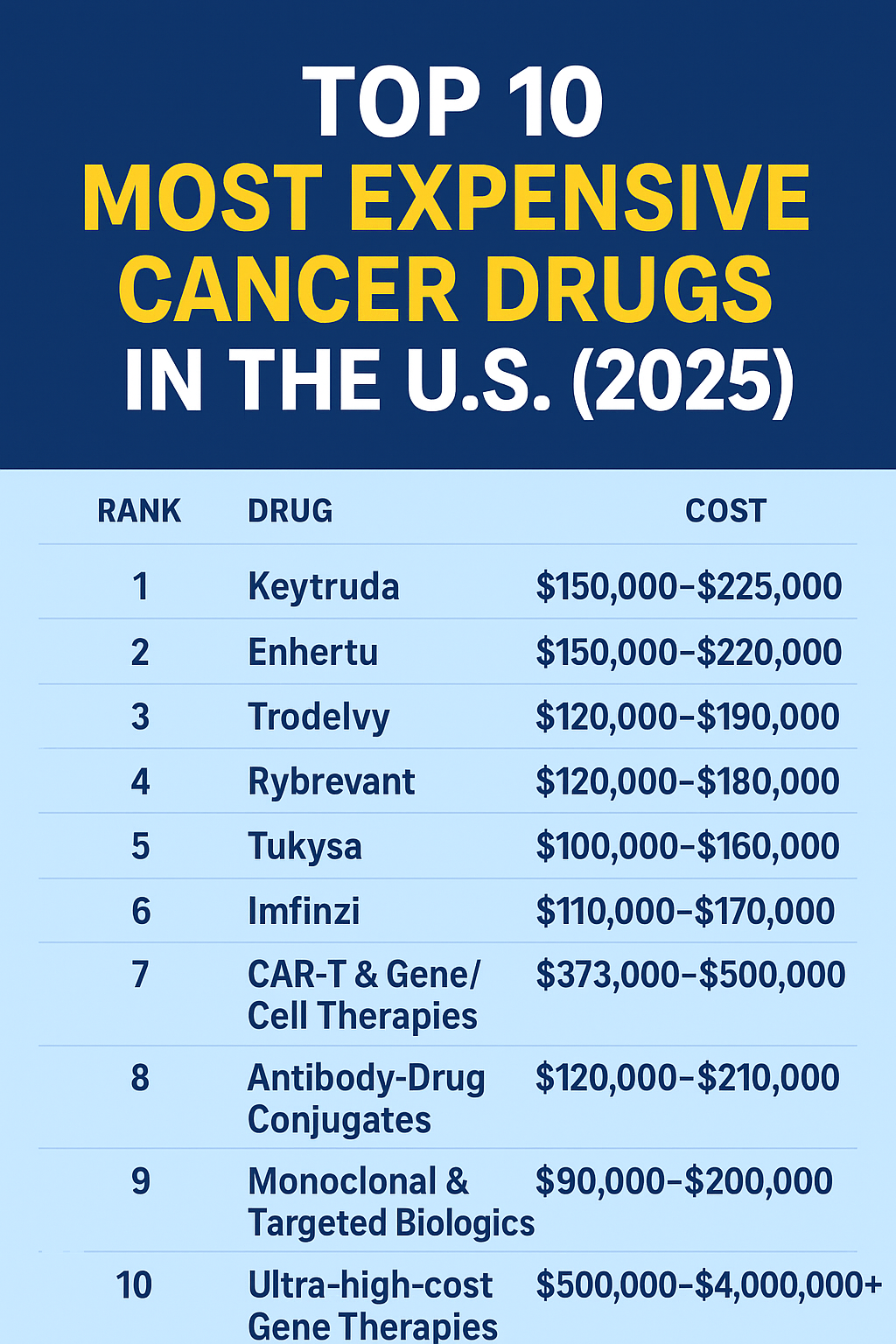
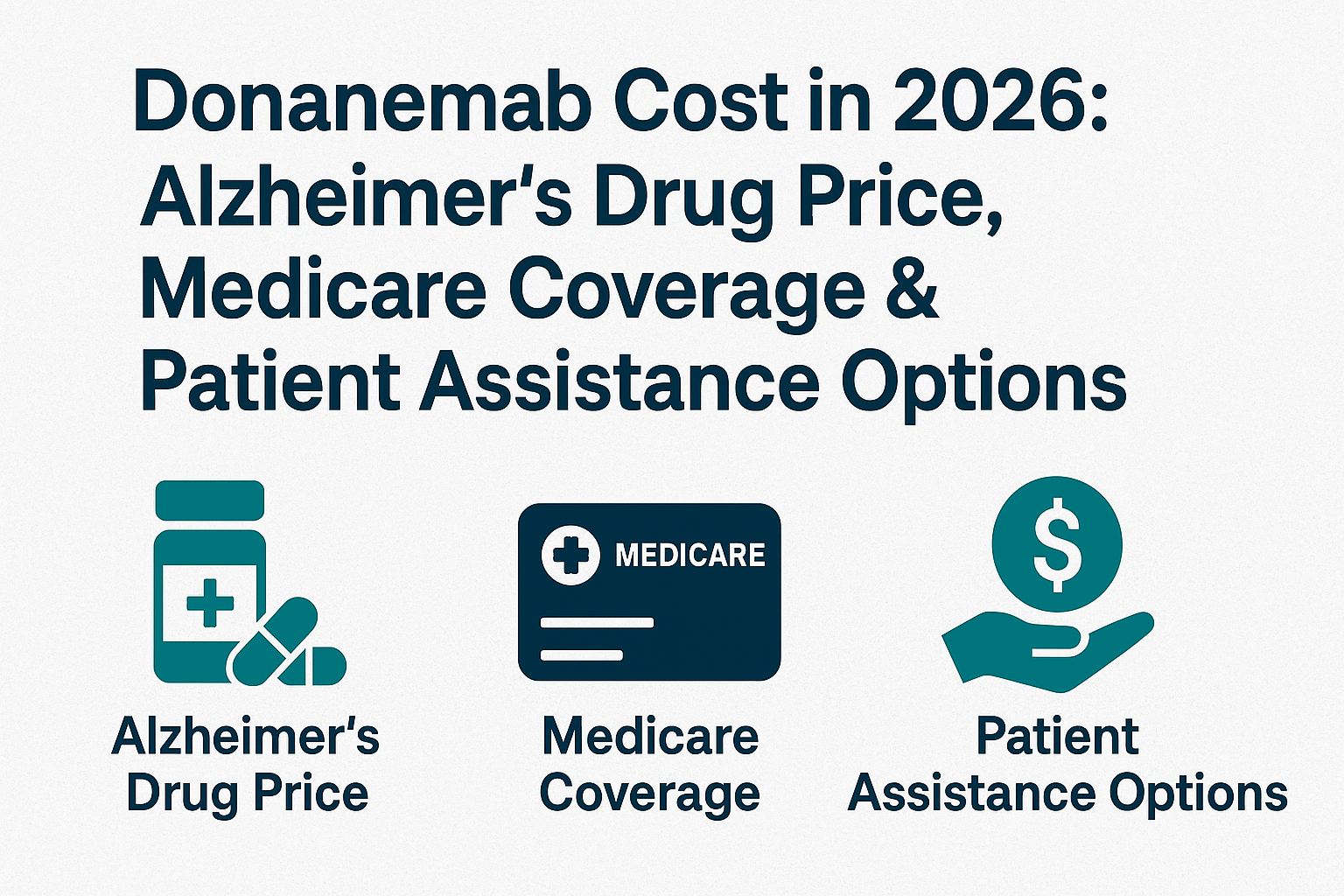
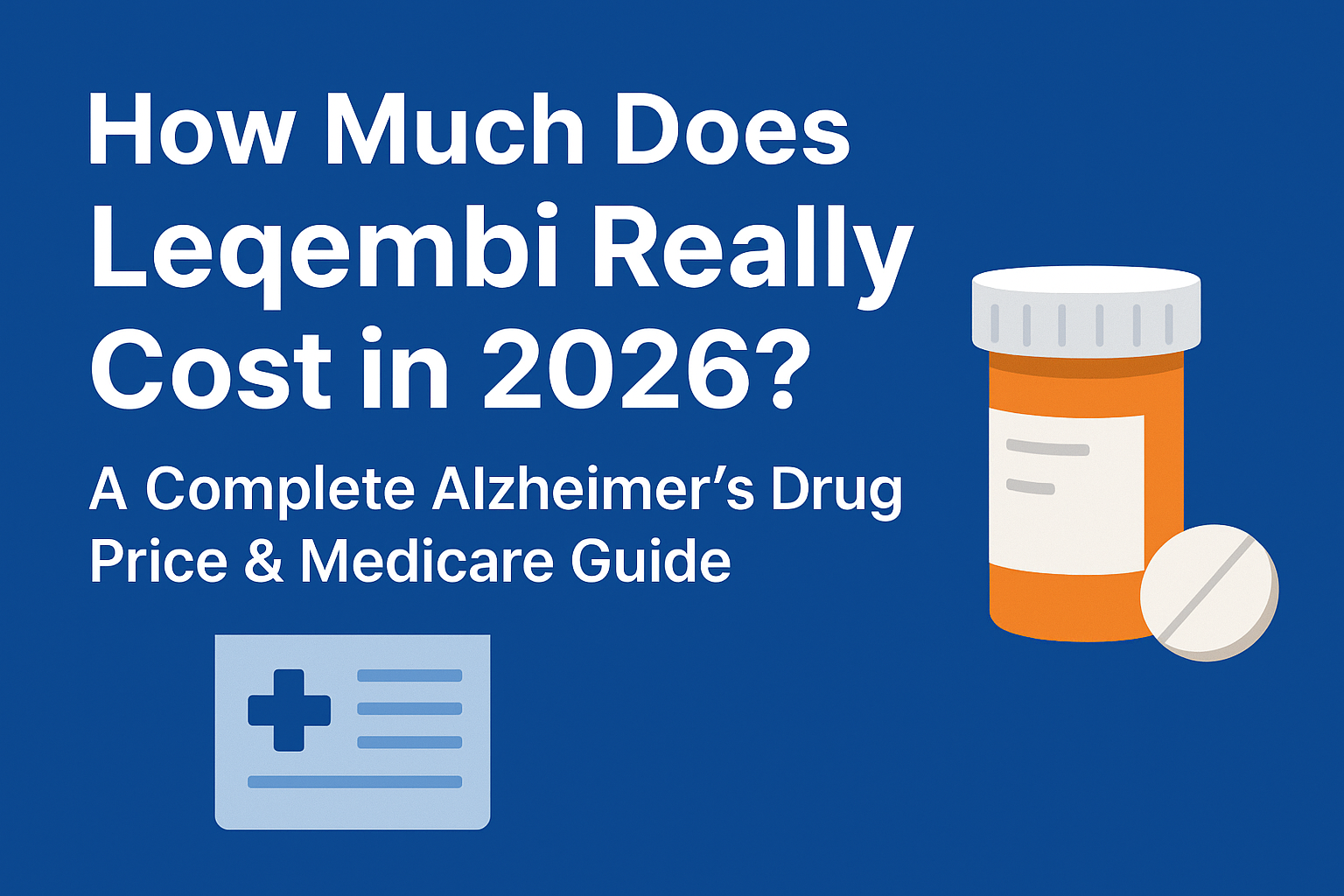
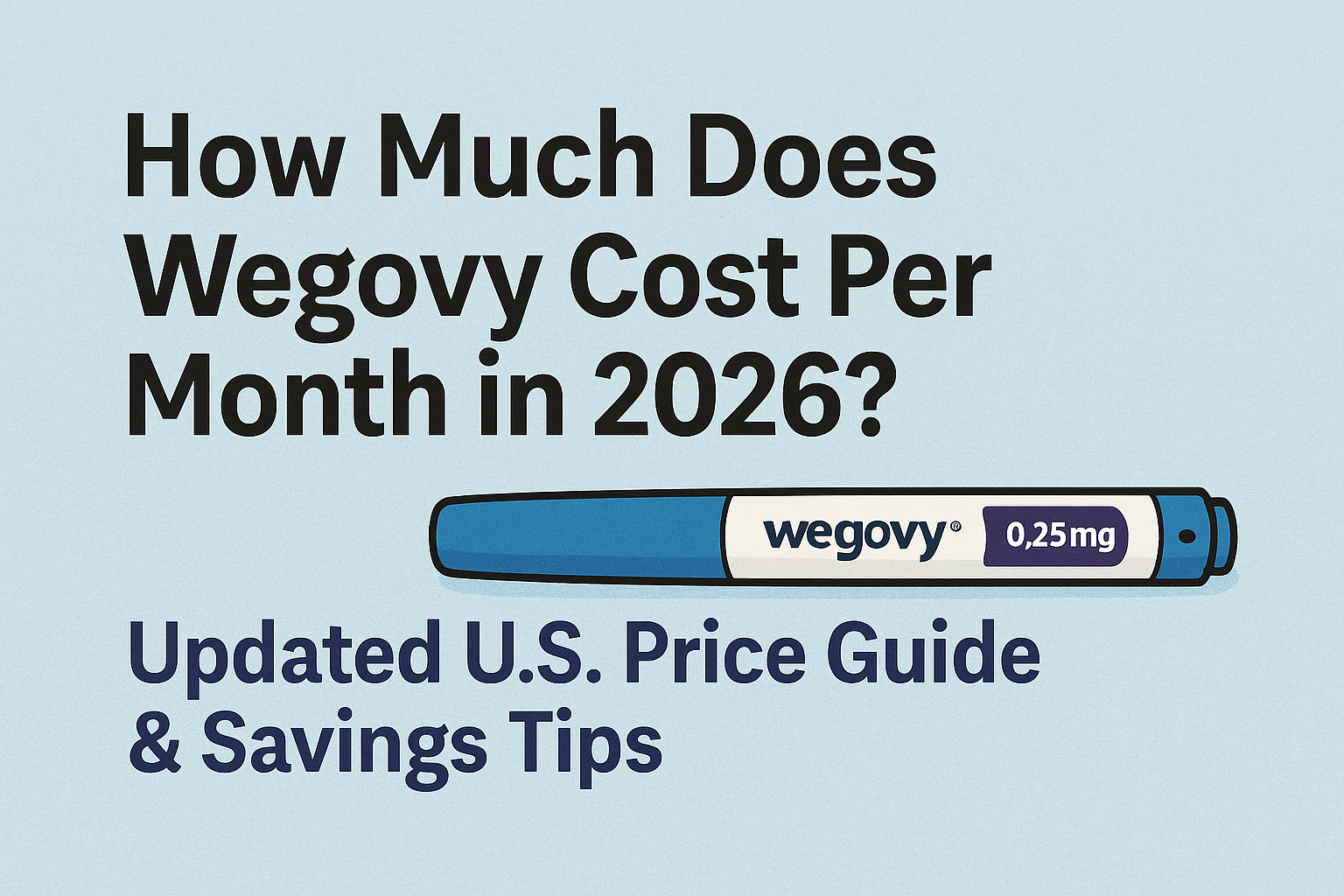
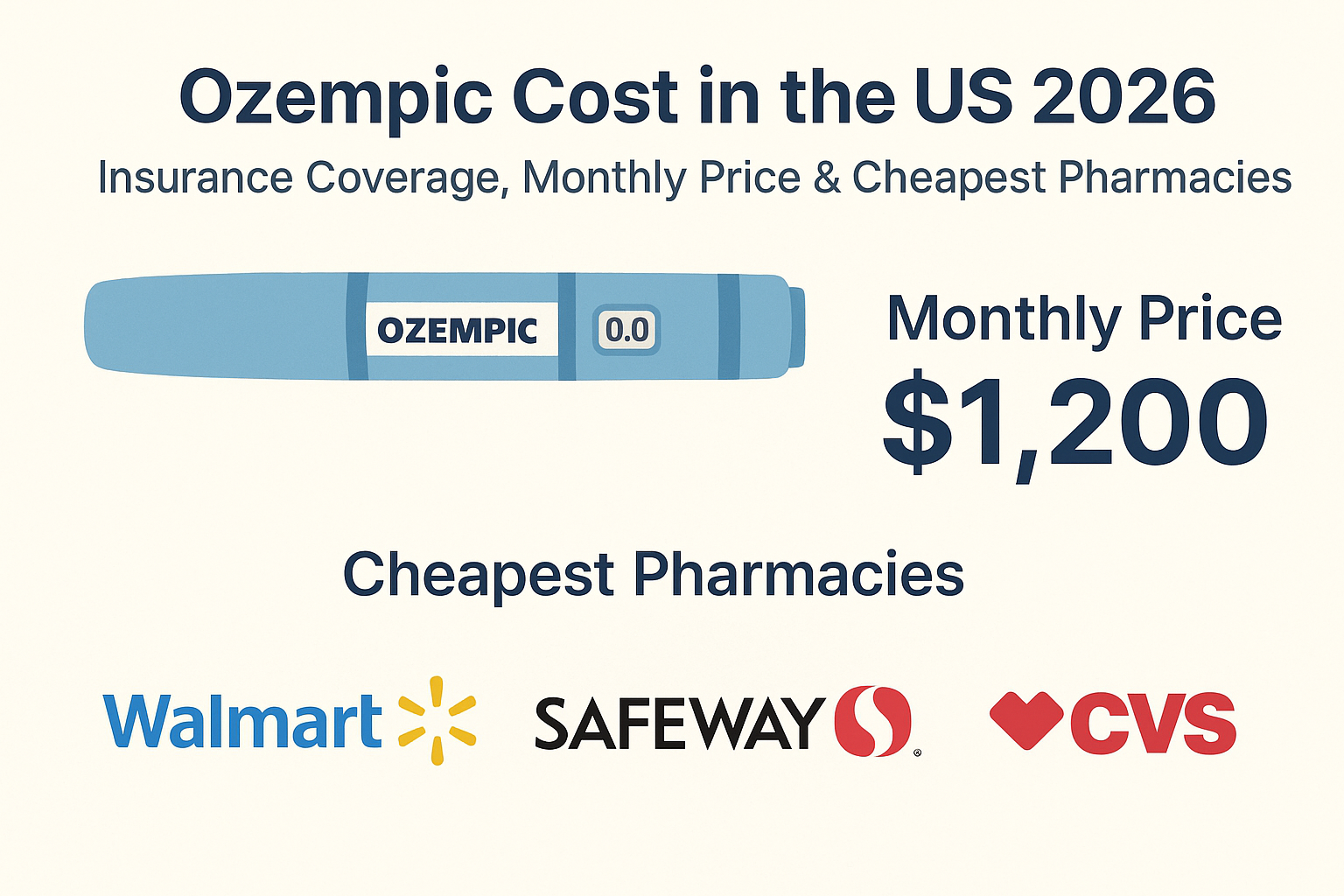
Add a Comment